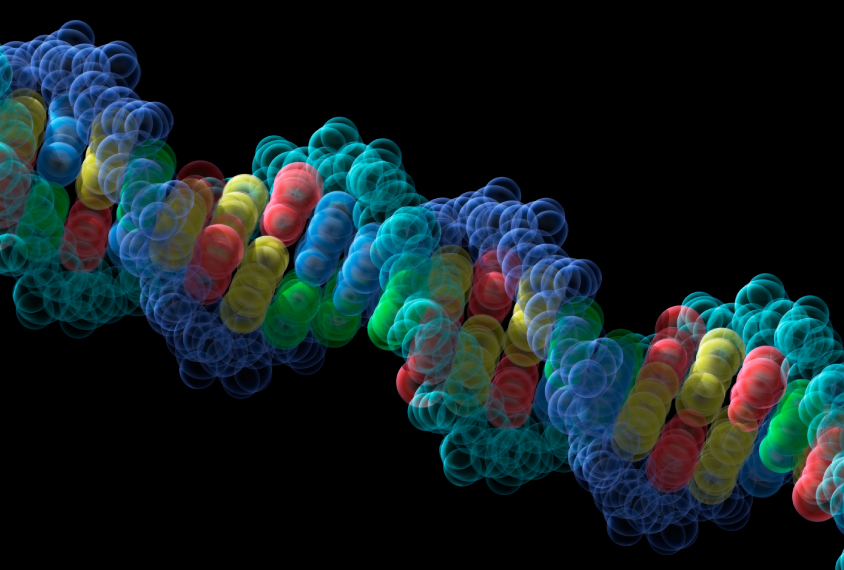
theasis / iStock
THIS ARTICLE IS MORE THAN FIVE YEARS OLD
This article is more than five years old. Autism research — and science in general — is constantly evolving, so older articles may contain information or theories that have been reevaluated since their original publication date.
Tweaks to the CRISPR gene-editing system allow researchers to identify stretches of DNA that regulate gene expression1. Researchers could use the method to find sequences that control genes tied to autism.
The CRISPR system uses RNA guides to direct the DNA-cleaving enzyme CAS9 to specific spots in the genome. Scientists have used the system to edit, activate and disable genes. But regions that control these genes are hidden in the vast expanse of poorly understood DNA dubbed the ‘dark genome.’
The new method, described in the April issue of Nature Biotechnology, involves the use of chemical tags for DNA that activate or deactivate certain sections of the genome. Researchers engineered one version of CAS9 to add an activating tag, and another to add a deactivating tag.
They created two libraries that each contain thousands of guide RNAs. Each of the RNAs targets a DNA segment thought to regulate the expression of a gene or group of related genes. One library is specific for the beta-globin region, which contains genes involved in the production of hemoglobin. The other targets the breast cancer gene HER2.
The researchers loaded each of the guide RNAs into a virus and injected the virus into cultured human cells.
Hidden elements:
After 14 days in culture, the researchers gauged the expression of HER2 and beta-globin genes in the cells using fluorescent markers on the genes. They used a specialized instrument to sort out the brightest 10 percent and the darkest 10 percent of cells.
The researchers then identified where in the genome the guides had attached, revealing the sequences that regulate the expression of HER2 or beta-globin genes.
The study confirmed known regulatory segments for beta-globin genes and revealed new ones for HER2.
The regulatory segments generally produce subtle changes in gene expression, those that differ from baseline by less than twofold. But several of them working together might produce more dramatic changes, the researchers say.
They also say the method can be scaled up to enable screening of the entire genome, rather than just selected regions.
By joining the discussion, you agree to our privacy policy.